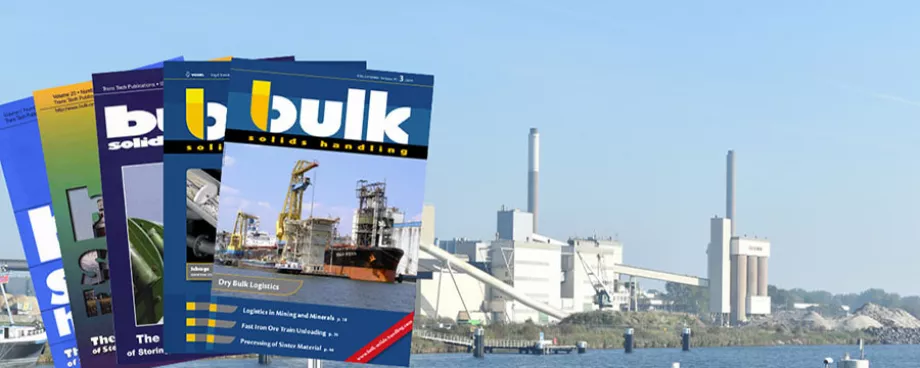Mining systems can be classified into discontinuous operations (for small to medium mass movements) and continuous operations (for medium to very high mass flows). Due to the cost advantages of continuous systems a tendency towards the application of combined mining systems becomes obvious, in which loosening and loading is executed by discontinuous methods whereas transport and dumping of the spoil is effected by continuously operating equipment.
The various possible combined opencast mining systems are presented and explained by practical examples.
The energy sector occupies with 49% a dominant position in todays total mass movement (including overburden) of world mining operations which can be estimated to be around 27·109 t. Other important fields are sand, gravel and aggregates (31%), iron-ore mining (9.5%) and copper mining (5%), whereas the rest such as phosphate bauxite, uranium, heavy minerals etc., only amounts to 5.5%.
Concerning the growth rates which can be expected for the years to come, data from various sources indicate that there will be hardly any growth in the field of sand and gravel. All estimates made during the last years and decades for the iron ore industry have proven to be too high. The development in copper mining cannot be predicted with any certainty. The absolute volume of mass movement for phosphate, uranium and bauxite will surely increase, but considering their low share, this increase will not create a real challenge for the future.
A completely different situation can be found in the energy sector. Based on the world energy consumption of the year 1980, i.e. 7.9·109 t bituminous coal units (conversion of the consumption of all primary energy carriers to the equivalent consumption of bituminous coal, the actual estimates predict an increase of 2.5% p.a. (i.e., about 5O% of the consumption increase between 1965 to 1973). This figure considers both a considerably lower growth rate of the gross national product and also the recognizable tendency that an increase in GNP will, in the future, go in hand with a considerably lower increase in energy consumption.
■







